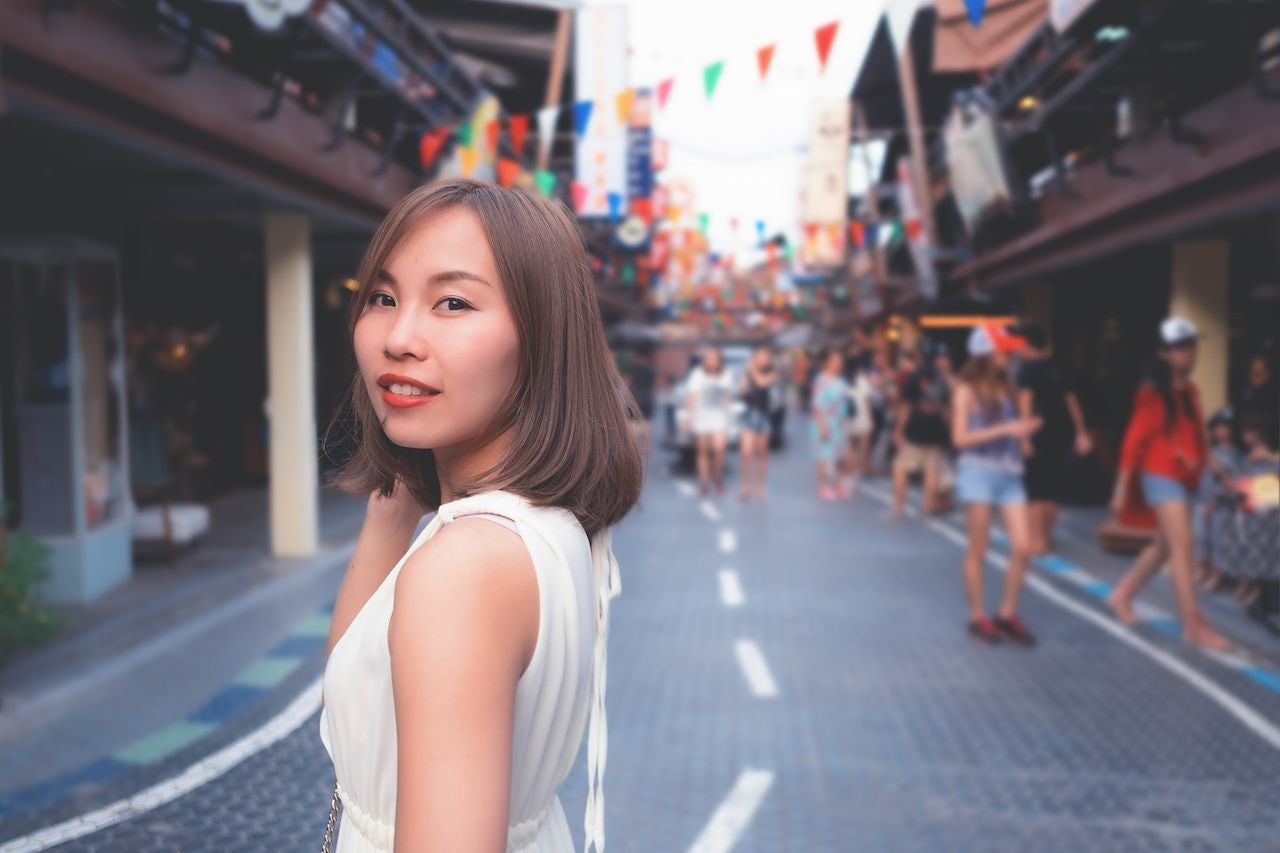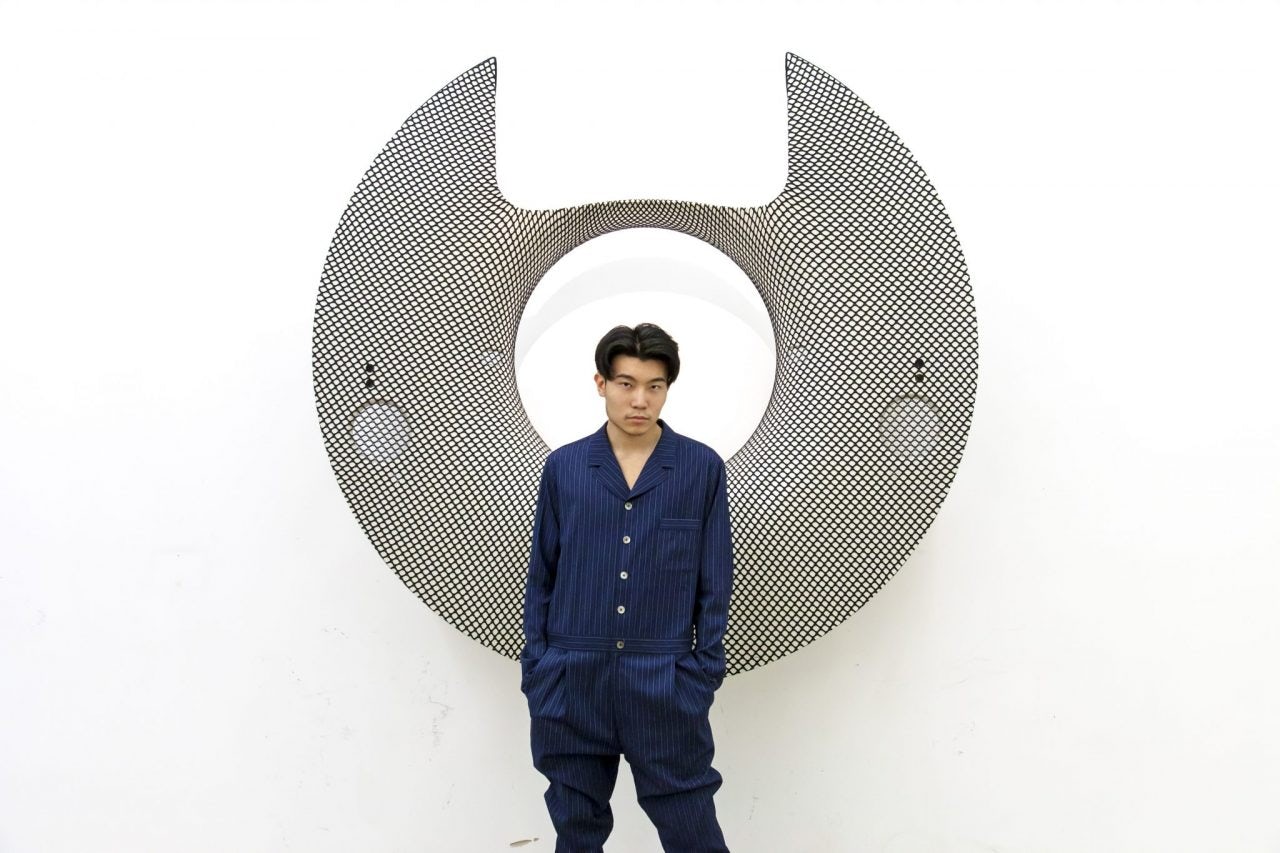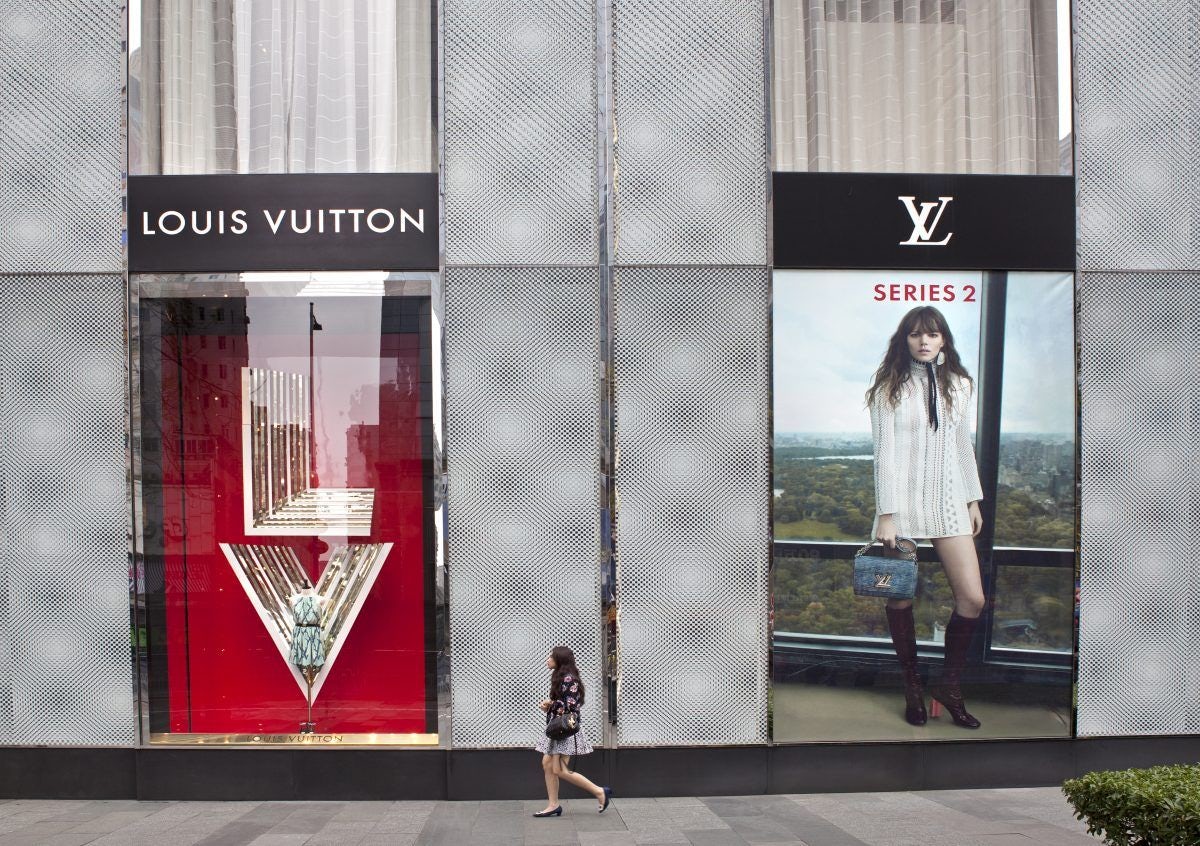The start of this year marked a major shift in China’s luxury market. Chinese consumers are now spending more on high-end products domestically and their attitudes are also evolving, fueled by digitization, over-exposure to luxury, a changing economy, and changing demographics. A new report by Bain & Company, done in collaboration with Alibaba-backed luxury e-commerce platform Mei.com highlights the ways in which Chinese luxury consumers are maturing and becoming more opinionated and demanding.
In “China and Chinese Customers in the Global Luxury Goods Market,” Bain’s research shows that while China as a region represents just seven percent of the global luxury market, Chinese consumers already make up just under a third of all luxury consumers as of 2016. Their increasing tendency to shop at home is owed in part to government efforts to keep prices in China comparable to those around the globe and to limit the gray market’s reach by implementing tighter customs controls.
While it’s common to think of Chinese luxury consumers as status-seeking, brand-conscious shoppers who can spend freely, these consumers are now part of a “maturing” group of spenders who have a more defined picture of what they want from a luxury lifestyle and have become more discerning in their purchases.
According to Bain’s research, more than 80 percent of respondents in a consumer survey agreed with this statement: “Compared with traditional big names, you intend to buy more emerging luxury brands in the next three years.” More than 90 percent of respondents said that in the next three years, they would buy “more fashionable luxury brands with more visible design elements.”
This paints a picture of spending that has shifted away from a market dominated by what Bain calls the “omnivore” consumer, meaning one who is new to the scene, will buy anything and everything, purchases compulsively, and tends not to care about price.
In contrast, consumers today have already been exposed to the more traditional luxury brands and their iconic products for years, and are now in search of more novel, unique labels, and even new product categories like experiential luxury and art.
This appetite for newness is not only being instigated by an overexposure to big brands, but by the evolution of social media and the digitization of luxury led by a nation of mobile shoppers. E-commerce and m-commerce have also given consumers in second- and third-tier cities, generally associated with “omnivore” habits, access to exploring independent luxury labels and experiences that wouldn’t necessarily be available in a brick and mortar store.
While Bain predicts that the “opinionated” consumer will lead the market by 2020, another category of consumer will have seen the fastest growth from 2013 to 2020: the “wannabe” consumer. This category, which is led by the growth of China’s middle class, is looking for more accessible brands as they strive to become part of the wealthy class.
Already, brands have taken note of this group in their marketing strategies—Mercedes-Benz, for example, launched its Mercedes me experience center in Beijing last year, giving young, aspirational consumers access to affordable retail products and fashionable events. Mercedes me’s customers can begin to build an association with the brand even if they can’t yet afford to buy its cars.
According to Bain, this younger and more opinionated market is only expected to expand even further, fueled by a number of other consumer categories. While millennials will make up the largest portion of this group, it will also be made up of an increasing portion of working class women who will likely continue to influence overall shifts in the performance of certain luxury categories. Also among this group is a growing urban middle class whose purchasing decisions will be affected by shrinking disposable income and will turn to accessible luxury, outlet shopping, and entry-priced products.



